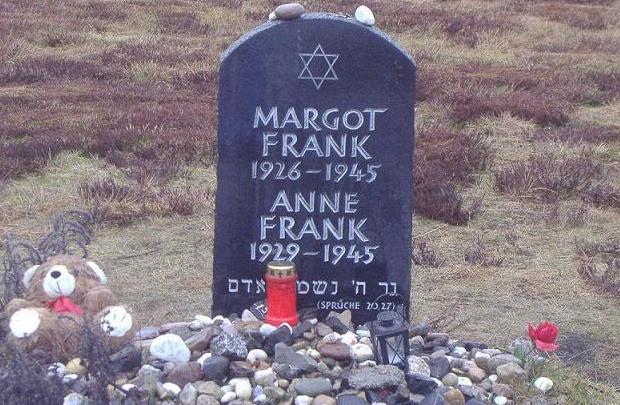

Prof. Dr. Pham Quang Minh (Rector of the University of Social Sciences and Humanities) welcomed the presence of the AmbassadorMeirav Elon Shahar
At the beginning of her presentation, Ms. Meirav Elon Shahar introduced the biography of Anne Frank and the historical background of Germany during the Nazi period. Anne Frank was born on June 12, 1929, the second daughter of Otto and Edith Frank, both of whom were born into respected German Jewish families. The Frank family had many friends of many different faiths and nationalities. In 1933, the National Socialist German Workers' Party, or Nazi Party for short, came to power and launched a campaign to eliminate Jews from Germany. At that time, the Nazis blamed the Jews for the economic, political and social difficulties that occurred in Germany.

Ambassador Meirav Elon Shahar introduces the biography of Anne Frank
In this context, many German Jews were not concerned about the social situation at that time. But the Frank family was different, so they decided to leave Germany and move to Amsterdam, the Netherlands, which had long been a safe haven for religious people. However, in May 1940, Germany invaded the Netherlands and the Franks once again found themselves under Nazi rule. Fearing for their lives, the Franks planned to find a place to hide, choosing the attic suite above Otto Frank’s office at 263 Prinsengracht in Amsterdam.
On July 5, 1942, Anne's sister Margot received a call saying she was being deported to a "labor camp." Anne shared her fear in her diary on July 8, 1942: "Hide...where will our family hide? In the city? In the countryside?..." Although the hiding place was not yet prepared, the Franks left immediately. On the evening of July 6, they moved to the attic. Because the attic was above a company and the neighboring buildings were all occupied, the eight people living there had to keep completely silent so as not to be discovered. Anne Frank wrote about the melancholy of living there: "Every time someone entered the house, the wind still clung to their clothes and the cold still lingered on their cheeks...When will we breathe fresh air?"

The apartment where Anne Frank lived
At around 10am on August 4, 1944, the Frank family's worst fears came true when German police showed up at the house to search for Jews hiding there. The residents were put on trucks and taken to prison. They were detained there for nearly a month, until September 3 when they were deported to the death camp of Auschwitz in Poland. Anne Frank expressed her fear and hope in her diary on July 15, 1944: "I heard words like thunder that one day they will kill... millions of people. But... I think that this brutality will end, and peace and tranquility will return."
In March 1945, a fever epidemic swept through the camp, killing around 17,000 prisoners. Margot was so weak that she fell out of bed and died of exhaustion. Anne was too weak to know that her sister had died. But she sensed it and said that her sister must have died. Anne died a few days later, at the age of fifteen.

Grave of Margot and Anne Frank
Ambassador Meirav Elon Shahar's presentation received many comments and questions from the faculty and students of the Faculty of International Studies on issues such as anti-Semitism and its solution, the role of youth and young people in social justice, the difference between adults and children's perceptions of the diary, the secret of the Jewish people's post-war rise, and the connection between racism and the preservation of ethnic identity.

Prof. Dr. Pham Quang Minh and students of the Faculty of International Studies took a souvenir photo with Ambassador Meirav Elon Shahar
The Diary of a Young Girl is a book containing excerpts from a diary kept by Anne Frank while she was in hiding with her family during the Nazi occupation of the Netherlands. First published as Het Achterhuis: Dagboekbrieven van 12 June 1942 – 1 August 1944 by Contact in Amsterdam in 1947, the book received widespread public attention and criticism when it was translated into English as Anne Frank: The Diary of a Young Girl by Doubleday & Company (United States) and Valentine Mitchell (United Kingdom) in 1952. In 2009, The Diary of a Young Girl was inscribed on the Memory of the World Register by the United Nations Educational, Scientific and Cultural Organization (UNESCO). According to UNESCO, The Diary of a Young Girl is one of the "10 most widely read books in the world."
Author:Tran Minh
Newer news
Older news